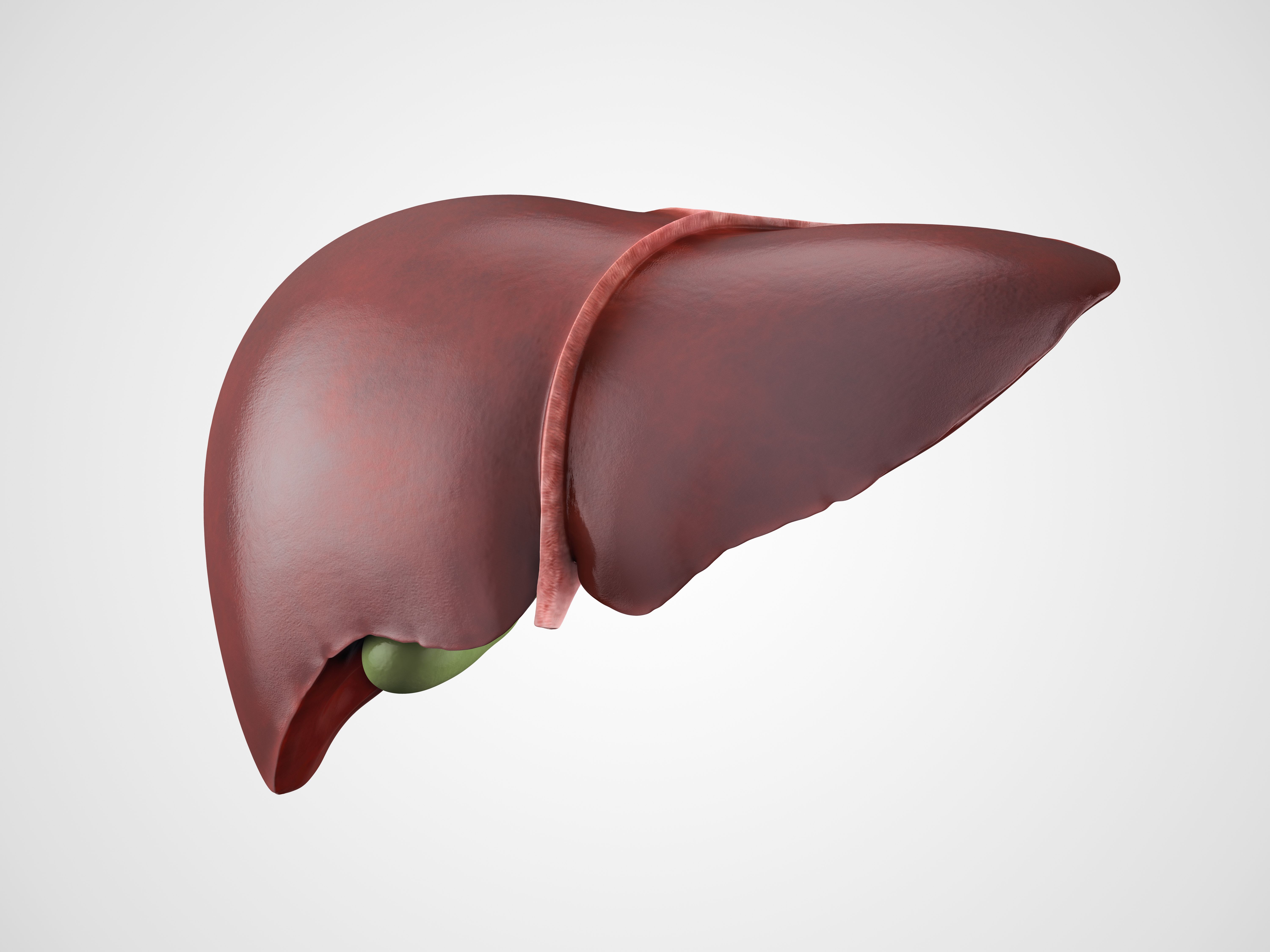FDA Accepts sBLA for Nivolumab/Ipilimumab in Unresectable Liver Cancer
The FDA has set a Prescription Drug User Fee Act date of April 21, 2025, for the potential approval of frontline nivolumab/ipilimumab in unresectable HCC.
Supporting data for the sBLA came from the phase 3 CheckMate-9DW trial (NCT04039607) evaluating treatment with nivolumab/ipilimumab compared with lenvatinib or sorafenib alone in those with previously untreated, advanced or unresectable HCC.

The FDA has accepted a supplemental biologics license application (sBLA) for first-line nivolumab (Opdivo) plus ipilimumab (Yervoy) in adults with unresectable hepatocellular carcinoma (HCC), according to a press release from the developer, Bristol Myers Squibb.1
The regulatory agency has set a Prescription Drug User Fee Act date of April 21, 2025, for potentially approving the nivolumab combination in this indication.
“HCC is the most common form of liver cancer and is often diagnosed when surgery is no longer an option. With the number of individuals diagnosed with HCC in the United States increasing over the last decade, new treatment options are urgently needed,” Dana Walker, MD, MSCE, vice president and global program lead of gastrointestinal and genitourinary cancers at Bristol Myers Squibb, said in the press release.1 “[Nivolumab] plus [ipilimumab] showed superior survival benefit compared [with] other available treatment options, and we look forward to working with the FDA to advance our application to potentially bring a new first-line treatment option to patients.”
Supporting data for the sBLA came from the phase 3 CheckMate-9DW trial (NCT04039607) evaluating treatment with nivolumab/ipilimumab compared with lenvatinib (Lenvima) or sorafenib (Nexavar) alone in those with previously untreated, advanced or unresectable HCC. Investigators presented updated findings from the CheckMate-9DW trial at the 2024 American Society of Clinical Oncology (ASCO) Annual Meeting.2
The median overall survival (OS) was 23.7 months (95% CI, 18.8-29.4) with nivolumab plus ipilimumab vs 20.6 months (95% CI, 17.5-22.5) using lenvatinib or sorafenib monotherapy (HR, 0.79; 95% CI, 0.65-0.96; P = .018). In each respective arm, the OS rates were 49% vs 39% at 24 months and 38% vs 24% at 36 months.
Regarding other end points, nivolumab combination therapy produced an overall response rate (ORR) of 36% (95% CI, 31%-42%) compared with 13% (95% CI, 10%-17%) in the comparator arm (P <.0001). Additionally, the median duration of response (DOR) was 30.4 months (95% CI, 21.2-not evaluable [NE]) vs 12.9 months (95% CI, 10.2-31.2), respectively, and the median time to response was 2.2 months (range, 1.1-11.6) vs 3.7 months (range, 0.6-11.2).
Data also showed a median progression-free survival (PFS) of 9.1 months (95% CI, 6.6-10.5) vs 9.2 months (95% CI, 7.9-11.1; HR, 0.87; 95% CI, 0.72-1.06); the 18-month rates were 34% vs 18%, and the 24-months rates were 28% vs 12%.
Any-grade treatment-related adverse effects (TRAEs) affected 84% and 91% of patients in the nivolumab/ipilimumab and comparator arms, respectively, with TRAEs leading to treatment discontinuation in 18% and 10%. Common any-grade TRAEs in the nivolumab arm included pruritus (28%), aspartate aminotransferase elevation (20%), and alanine aminotransferase increase (19%).
In the open-label CheckMate-9DW trial, 668 patients were randomly assigned to receive nivolumab at 1 mg/kg intravenously plus ipilimumab at 3 mg/kg intravenously every 3 weeks for a maximum of 4 cycles followed by nivolumab at 480 mg every 4 weeks (n = 335) or investigator’s choice of lenvatinib at 8 mg or 12 mg orally once a day or sorafenib at 400 mg orally twice a day (n = 333).
The trial’s primary end point was OS. Secondary end points included ORR, DOR, and time to symptom deterioration; key exploratory end points included PFS and safety.
In July 2024, the European Medicines Agency validated a Type II variation application for nivolumab/ipilimumab as first-line treatment for those with unresectable or advanced HCC.3 The application was supported by findings from the CheckMate-9DW trial.
References
- Bristol Myers Squibb Receives U.S. Food and Drug Administration sBLA acceptance for first-line treatment of unresectable hepatocellular carcinoma. News release. Bristol Myers Squibb. August 21, 2024. Accessed August 21, 2024. https://tinyurl.com/hjwjrbbx
- Galle PR, Decaens T, Kudo M, et al. Nivolumab (NIVO) plus ipilimumab (IPI) vs lenvatinib (LEN) or sorafenib (SOR) as first-line treatment for unresectable hepatocellular carcinoma (uHCC): first results from CheckMate 9DW. J Clin Oncol. 2024;42(suppl 17):LBA4008. doi:10.1200/JCO.2024.42.17_suppl.LBA4008
- Bristol Myers Squibb receives European Medicines Agency validation of application for Opdivo (nivolumab) plus Yervoy (ipilimumab) for first-line treatment of unresectable or advanced hepatocellular carcinoma. News release. Bristol Myers Squibb. July 19, 2024. Accessed August 21, 2024. https://tinyurl.com/2nwe64rd
Adapting to a Robotic Workstation for Image-Guided Liver Cancer Surgery
December 4th 2023Govindarajan Narayanan, MD, speaks to the potential time-saving advantages of using the Epione robot for microwave ablation, cryoablation, and other surgical strategies in patients with liver cancer and other tumors.